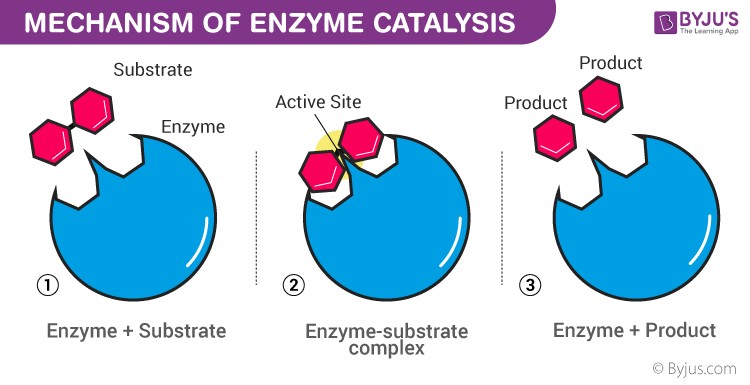In the realm of science, the term “substrate” appears across various disciplines, each adding a layer of nuance to its definition. At its most fundamental, a substrate is understood as a base or foundation – a substance upon which another process occurs or another substance is applied. This concept, while seemingly simple, plays a pivotal role in fields ranging from chemistry and biochemistry to biology and materials science. Understanding “What Is A Substrate” requires exploring its context-dependent meanings and appreciating its significance in diverse scientific applications.
Substrate in Chemistry: The Foundation of Reactions
Within chemistry, a substrate is most commonly recognized as a reactant molecule that is acted upon by a catalyst, enzyme, or reagent to facilitate a chemical reaction. Imagine a chemical reaction as a construction process; the substrate is the raw material that undergoes transformation. Specifically in enzyme-catalyzed reactions, the substrate is the molecule that binds to the enzyme’s active site, initiating a cascade of events that lead to the formation of products.
This interaction between an enzyme and its substrate is crucial. The enzyme’s active site is a precisely shaped region designed to accommodate a specific substrate molecule. This lock-and-key mechanism ensures specificity in biological reactions. Upon binding, an enzyme-substrate complex forms, and the enzyme catalyzes the conversion of the substrate into products. This process is fundamental to countless biochemical pathways essential for life.
Enzyme Substrates: Biochemistry’s Workhorses
In biochemistry, the concept of enzyme substrates takes center stage. Enzymes, acting as biological catalysts, accelerate chemical reactions within living organisms. Their efficiency and specificity are paramount, and substrates are the key to their function. Enzyme substrates are the specific molecules upon which enzymes exert their catalytic action.
The enzyme’s active site meticulously transforms the substrate into one or more products. Once the reaction is complete, the products are released, and the enzyme is ready to bind with another substrate molecule, repeating the cycle. This efficient turnover is what allows biological processes to occur at rates necessary for life. Without substrates, enzymes would have no molecules to act upon, and vital biochemical reactions would grind to a halt.
 Enzyme-substrate complex formation: The enzyme's active site binds to the substrate, initiating a chemical reaction.
Enzyme-substrate complex formation: The enzyme's active site binds to the substrate, initiating a chemical reaction.
Beyond Chemistry and Biochemistry: Substrates in Diverse Fields
The term “substrate” extends its reach beyond the realms of chemistry and biochemistry, finding relevance in various other scientific disciplines.
In biology, a substrate can refer to the surface or medium on which an organism lives, grows, or is attached. For instance, in microbiology, a growth medium like agar in a petri dish serves as a substrate for bacterial or fungal cultures. In ecology, the bottom of a lake or forest floor can be considered the substrate for organisms dwelling there. Even the surface a plant root grows on can be termed a substrate.
In materials science, the substrate takes on yet another meaning. Here, it often refers to the base material upon which coatings, thin films, or other layers are deposited. For example, in semiconductor manufacturing, silicon wafers are substrates for complex microelectronic circuits. The properties of the substrate are crucial as they can influence the characteristics and performance of the deposited layers.
Core Concept: The Underlying Theme of Substrates
Despite the varied applications and definitions across different scientific fields, a common thread unites the concept of a substrate. At its core, a substrate is always something fundamental – a base, a reactant, or a surface – that undergoes change or supports another entity or process. Whether it’s a molecule transformed by an enzyme, a surface colonized by an organism, or a base material receiving a coating, the substrate is the foundational element upon which further action unfolds. Understanding “what is a substrate” is about recognizing this fundamental role it plays in enabling processes and supporting entities across diverse scientific contexts.
Respiratory Substrates
In the context of respiration, particularly cellular respiration, respiratory substrates are the molecules that are oxidized to release energy that the cell can use. These are primarily carbohydrates, fats, and proteins.
